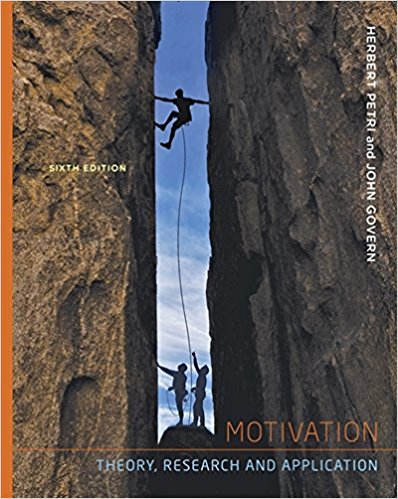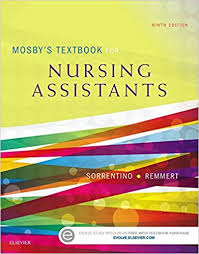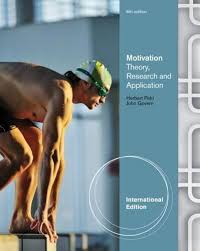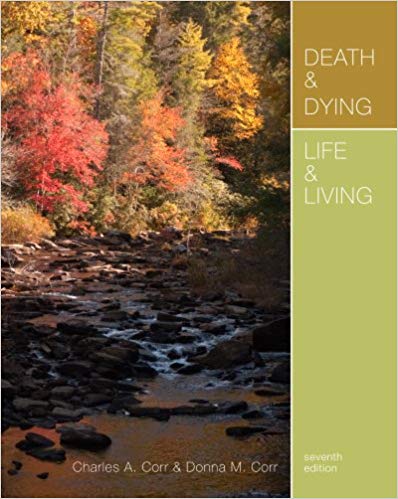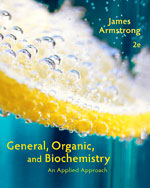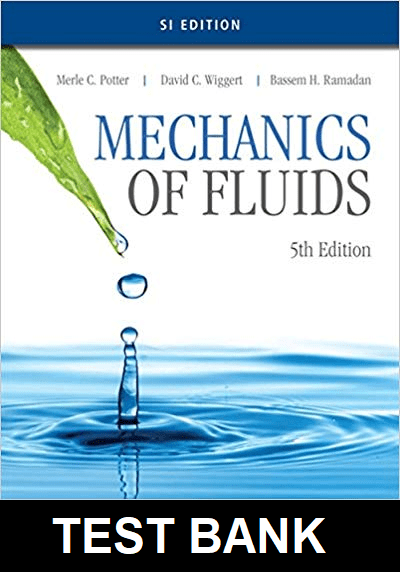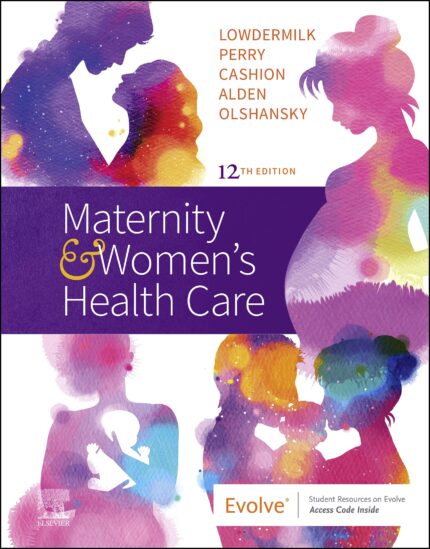Motivation Theory Research and Application 6th Edition by Herbert L. Petri – Test Bank
James: Nursing Care of Children: Principles and Practice, 3rd Edition
Do you need test banks fast? eTestBank.net is the best test bank website for you! Download your test bank right after you pay. No waiting!
Why eTestBank.net is Great:
✅ Instant Download:
Get your test bank right away after payment.
✅ Unlimited Downloads:
Download your test bank anytime and as many times as you want.
✅ 24/7 Live Help:
We are here to help you all day, every day.
✅ Guaranteed Delivery:
If you don’t get the download right away, we will send it to you in 3 to 6 hours.
How to Get Your Test Bank:
- Pick Your Test Bank: Choose from many test banks.
- Pay Safely: Pay securely on eTestBank.net.
- Download Instantly: Get your test bank immediately after payment.
- Download Anytime: Unlimited downloads whenever you need them.
Need Help? Contact Us:
📧 Email: [Support@etestbank.net]
📱 WhatsApp: [https://wa.me/message/MC222DLQ4GDXL1r]
Didn’t Get Your Download?
Don’t worry! If you don’t get the file right away, we’ll send it to you in 3 to 6 hours. Need it sooner? Contact us by email or WhatsApp.
💡 Buy now from eTestBank.net for instant downloads, unlimited access, and 24/7 support—get your test bank today!
CHAPTER 4 – Test Bank
Physiological Mechanisms of Regulation
[Note: After each question, the correct answer, the textbook page from which it comes, and the question type is provided.]
1. Which of the following is NOT a taste receptor on the tongue?
a. sweet
b. sour
c. vegetable
d. umami
[c 101 conceptual]
2. The finding that an individual exposed to an unchanging diet will eat less than if an individual had access to a varied diet is called:
a. variability hypothesis
b. sensory-specific satiety
c. sameness sensory theory
d. dietary need for change
[b 103 factual]
3. Questions concerning why we ingest food or water may involve studying all of these EXCEPT:
a. homeostatic mechanisms
b. memory processes
c. stimulus qualities of food
d. the cerebellum
[d 103 conceptual]
4. The observation that an animal or person exposed to an unchanging diet will eat less than if they had access to a variety of foods has been called the:
a. Ziegarnik effect
b. Law of effect
c. Yerkes-Dodson Law
d. sensory-specific satiety
[d 103 factual]
5. Three components of food are:
a. carbohydrates, fats, proteins
b. carbohydrates, amino acids, proteins
c. triglycerides, cholesterol, glucose
d. amino acids, lipids, glucose
[a 103 factual]
6. Which of the following is NOT true of the local theory of motivation?
a. it assumes that signals controlling hunger and thirst are produced by the brain
b. it was based on Cannon and Washburn’s experiments with swallowed balloons
c. it assumes signals controlling hunger are produced in the peripheral organs of the body
d. it has been shown to be inadequate to explain hunger and thirst
[a 105 conceptual]
7. A _____ theory of motivation assumes that signals that control motives such as hunger are produced in the peripheral body organs.
a. central
b. controllable
c. local
d. hypothalamic
[c 105 factual]

